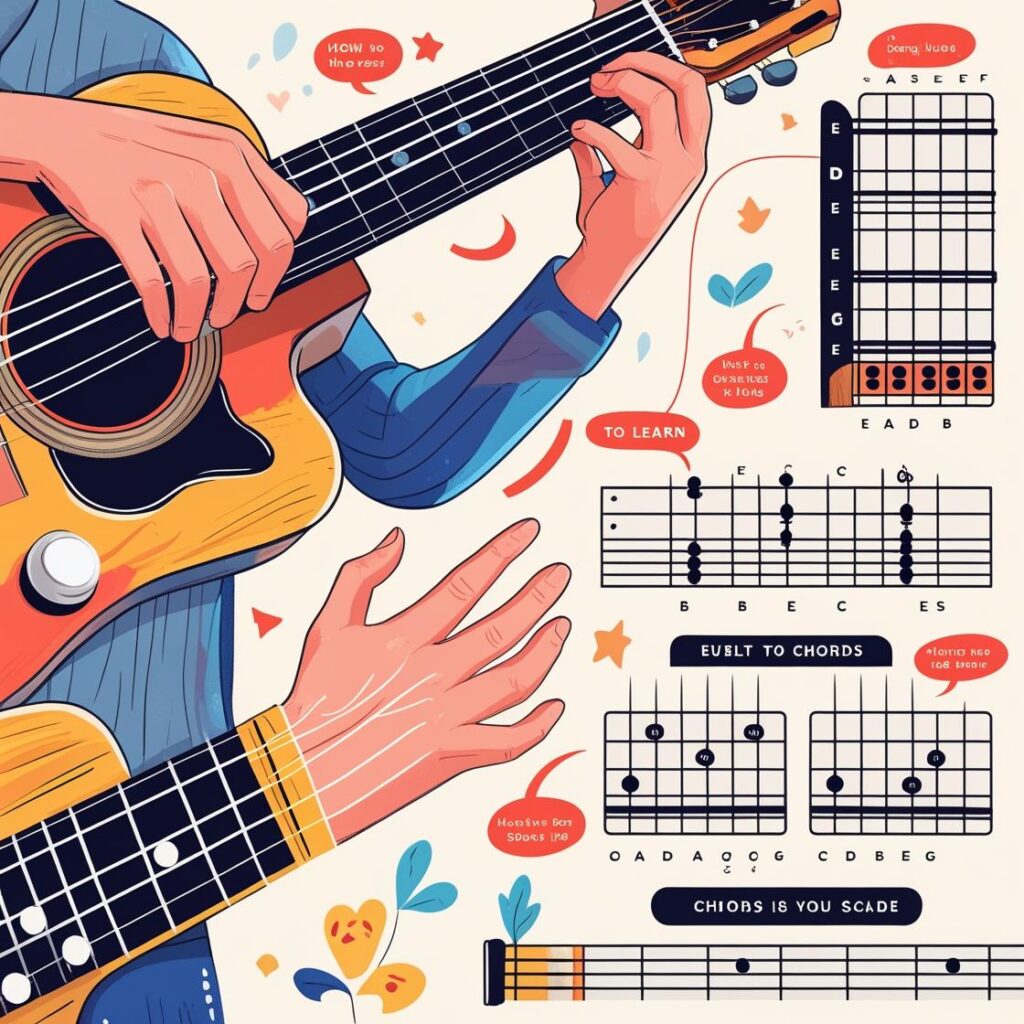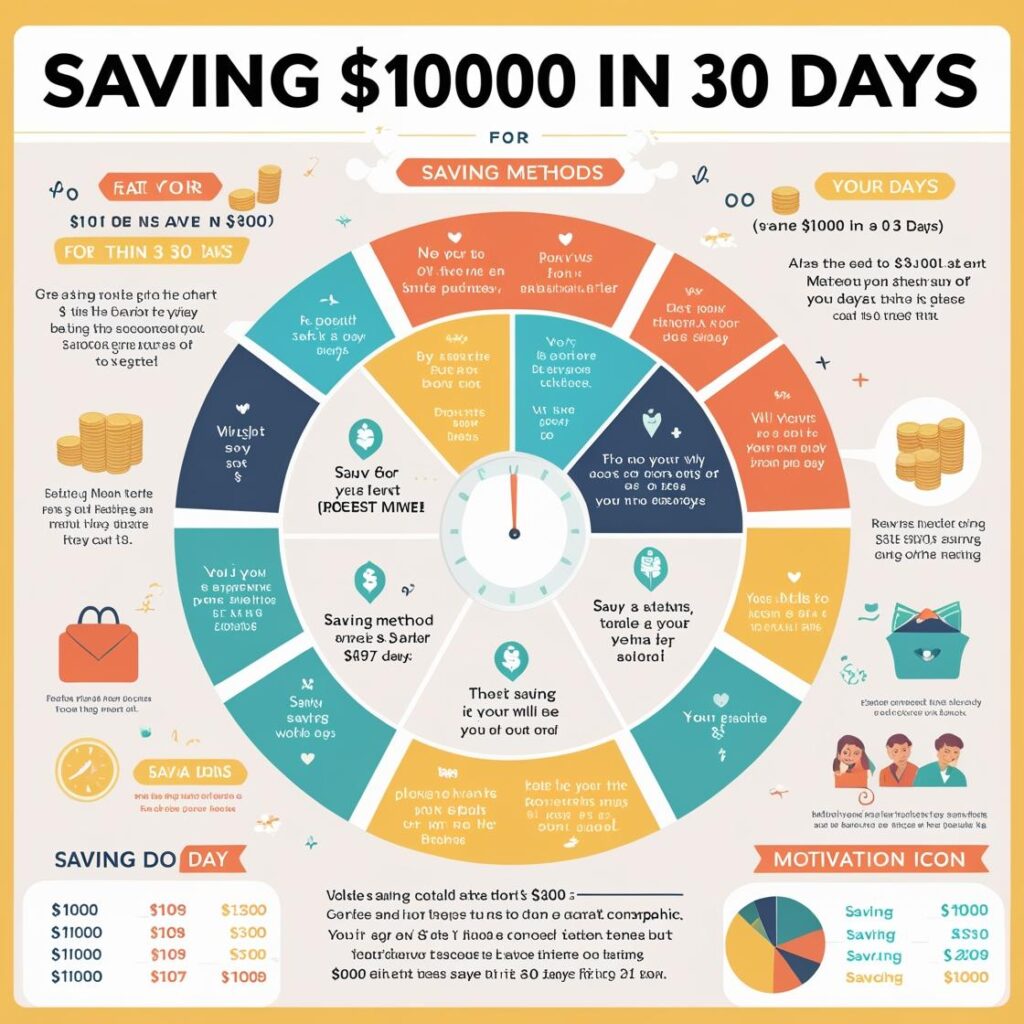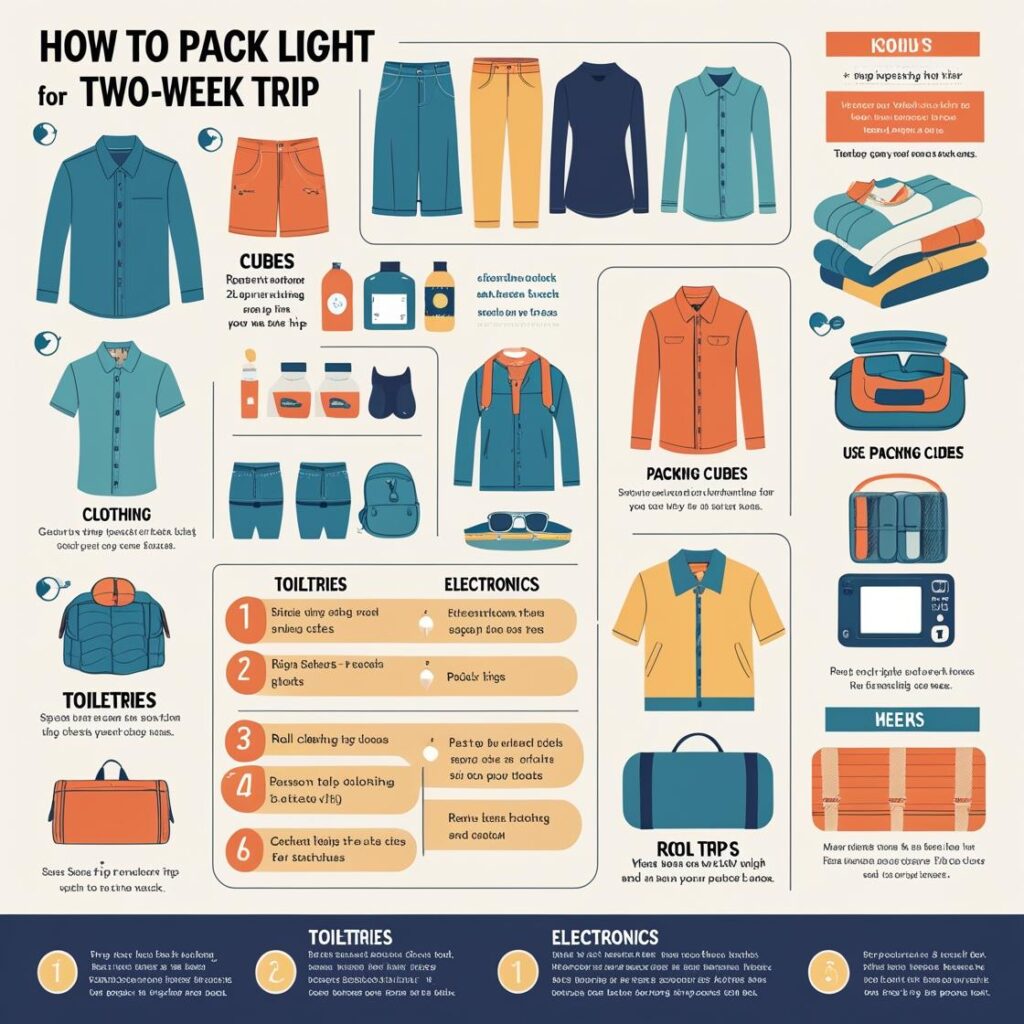Learning to play the guitar on your own is both rewarding and challenging. Whether you’re drawn to the instrument by your favorite songs or simply want to expand your musical skills, self-teaching offers flexibility and control over your learning pace. This comprehensive guide walks you through each essential step, equipping you with practical tips, resources, and encouragement to start your guitar journey with confidence.
اقرأ أيضاً: قائمة بأهم 10 كورسات مجانية في الذكاء الاصطناعي مع الروابط المباشرة
1. Choosing the Right Guitar for Beginners
Your learning experience begins with selecting the right instrument. For most beginners, an acoustic guitar is ideal because of its simplicity—there’s no need for additional equipment like amplifiers. However, if you love rock or metal, you might prefer an electric guitar for its lighter strings and varied sound options.
اقرأ أيضاً: كيفية الحصول على منحة دراسية مجانية
Key factors when choosing your first guitar:
اقرأ أيضاً: كيف تستيقظ مبكرًا دون الشعور بالتعب
- Size: Choose a guitar that fits your body comfortably. Consider a smaller body or ¾-size guitar if you have smaller hands.
- Action: Low action (the distance between the strings and the fretboard) makes pressing down strings easier for beginners.
- Budget: Set a realistic budget. Quality entry-level guitars are available from reputable brands.
- Style: Decide between acoustic, classical, or electric based on your preferred genre and sound.
If possible, try out several guitars at a music store before buying. This hands-on approach helps you find an instrument that feels good and inspires you to practice regularly. For more on selecting your first guitar, visit Guitar World’s beginner guide.
اقرأ أيضاً: كيف تتفوق في أي مقابلة عمل: 10 نصائح من الخبراء
2. Essential Guitar Accessories and Setup
Having the right accessories and a comfortable setup improves your practice sessions. Basic accessories every beginner should have include:
اقرأ أيضاً: كيف توفر 1000 دولار في 30 يومًا
- Tuner: Keeps your guitar sounding right. Clip-on tuners are popular for their accuracy and convenience.
- Capo: Allows you to play in different keys easily.
- Picks: Start with medium thickness for versatility.
- Strap: Useful if you want to practice standing up.
- Extra strings: Strings break occasionally—keep a spare set on hand.
- Guitar case or gig bag: Protects your instrument during transport and storage.
Set up your practice space in a quiet area with good lighting and a comfortable chair. Place your music stand, notebook, or tablet within easy reach. A well-organized setup encourages frequent and focused practice.
اقرأ أيضاً: كيفية كتابة سيرة ذاتية متميزة
3. Understanding Basic Guitar Anatomy and Terminology
Learning the parts of your guitar and common terminology builds a foundation for future skills. Knowing these terms also helps you follow tutorials and communicate with other musicians.
اقرأ أيضاً: كيف تحول عملك الجانبي إلى مشروع بدوام كامل
Key guitar parts to know:
اقرأ أيضاً: كيفية تسريع الكمبيوتر المحمول البطيء في 10 دقائق
- Headstock: The top section holding the tuning pegs.
- Nut: The small bar that guides the strings onto the fretboard.
- Frets: Metal strips along the neck that determine each note.
- Fretboard: The surface under the strings where you press to create notes.
- Body: The main section that amplifies the sound (acoustic) or holds electronics (electric).
- Bridge: Anchors the strings to the body.
Familiarize yourself with terms like “chord,” “scale,” “tab,” and “riff.” Learning the language of guitar makes following lessons and reading sheet music much easier. For a helpful visual, check out this guitar anatomy guide from Fender.
اقرأ أيضاً: كيف تبني روتينًا صباحيًا يعمل بالفعل
4. Learning to Tune Your Guitar by Ear and with Apps
A well-tuned guitar sounds better and is easier to learn on. Tuning is a skill that improves your musical ear and ensures accurate practice.
اقرأ أيضاً: كيف تبدأ مدونة تقنية من الصفر
How to tune your guitar:
اقرأ أيضاً: كيف تبدأ الرسم (حتى لو كنت تعتقد أنك لا تستطيع)
- Electronic tuners: Use a clip-on tuner for speed and accuracy.
- Tuning apps: Free apps like GuitarTuna and Fender Tune are excellent for beginners.
- Tuning by ear: Listen for reference pitches (such as online videos or piano notes) and match your strings. With practice, your ear will become more accurate over time.
Learn the standard tuning: E-A-D-G-B-e (from the thickest to the thinnest string). Tune each string every time you practice to build good habits and develop your ear. For step-by-step instructions, see this tuning guide from JustinGuitar.
اقرأ أيضاً: كيف تخطط لعطلة عائلية سيحبها الجميع
5. Mastering Basic Chords and Strumming Patterns
Chords and strumming are the building blocks of guitar playing. Begin by learning basic open chords such as G, C, D, E minor, and A minor. Practice switching between these chords smoothly.
اقرأ أيضاً: كيف تحزم خفيفًا لرحلة لمدة أسبوعين
Tips for learning chords and strumming:
اقرأ أيضاً: كيف تكتب أول قصة قصيرة لك
- Use chord charts or diagrams to visualize finger placement.
- Practice chord transitions slowly, increasing speed as you gain confidence.
- Start with simple downstrokes, then add upstrokes for variety.
- Keep your wrist relaxed to avoid tension and fatigue.
Once you’re comfortable, try playing along with your favorite songs. This real-world practice makes learning more enjoyable and helps you remember chord shapes. For free chord charts and strumming videos, explore Ultimate Guitar’s resources.
اقرأ أيضاً: كيف تسافر عبر أوروبا بميزانية محدودة
6. Reading Guitar Tabs and Simple Sheet Music
Guitar tablature (tabs) is a beginner-friendly way to learn new songs without needing to read traditional music notation. Tabs use numbers and lines to show where to place your fingers on the strings.
اقرأ أيضاً: كيف تحمي خصوصيتك على الإنترنت: دليل المبتدئين
How to read guitar tabs:
اقرأ أيضاً: كيف تبدأ في التأمل حتى لو كنت متشككًا
- Each line represents a guitar string; numbers show which fret to play.
- Practice reading simple tabs to develop your skills.
- Combine tabs with chord diagrams and sheet music for a fuller understanding.
Many websites offer free tabs for popular songs. As you progress, learning to read standard notation can expand your skills further, especially for fingerstyle or classical guitar. See Songsterr’s beginner tab guide for interactive examples.
اقرأ أيضاً: كيف تساعد الأطفال على بناء عادات دراسية أفضل
7. Developing a Consistent Practice Routine
The key to steady improvement is consistent, focused practice. Setting achievable goals and tracking your progress keeps you motivated.
اقرأ أيضاً: كيفية العثور على الجواهر الخفية في أي مدينة
Tips for effective practice:
- Schedule short, regular sessions (15-30 minutes daily is better than one long session weekly).
- Warm up with finger exercises and scales.
- Break songs into sections and tackle one part at a time.
- Record yourself occasionally to track progress and identify areas for improvement.
Set goals such as “learn three new chords this week” or “play a full song without mistakes.” Celebrate your progress to stay inspired. For practice routine ideas, visit ArtistWorks’ practice tips.
8. Using Online Lessons, Apps, and Video Resources
The internet provides countless resources for learning guitar at home. Online lessons, video tutorials, and interactive apps allow you to learn at your own pace and revisit concepts as needed.
Recommended online resources:
- YouTube channels like Marty Music, JustinGuitar, and GuitarLessons365.
- Apps such as Yousician, Fender Play, and Simply Guitar for structured lessons.
- Websites like Ultimate Guitar, Songsterr, and Guitar Tricks for song tabs and technique guides.
Experiment with different formats to find what works best for your learning style. For a roundup of quality online platforms, check Guitar World’s lesson review.
9. Troubleshooting Common Beginner Challenges
Every new guitarist faces obstacles, but knowing how to overcome them keeps you moving forward. Common beginner problems include finger pain, buzzing strings, and slow chord changes.
How to troubleshoot:
- If your fingers hurt, practice in shorter sessions and give your hands time to adjust.
- Check your finger placement and apply firm, even pressure to avoid buzzing.
- Slow down difficult transitions and use a metronome to build up speed.
- Don’t compare your progress to others—focus on your own growth.
Patience and perseverance are essential. With time, your hands will strengthen, and techniques will become second nature. For more tips, see Fender’s beginner FAQ.
10. Staying Inspired and Setting Long-Term Goals
Sustaining motivation is crucial for long-term success. Setting clear goals and celebrating milestones keeps your guitar journey enjoyable.
Ways to stay inspired:
- Learn songs you love—playing familiar tunes is rewarding and motivating.
- Join online communities or local groups to connect with other learners.
- Record and share your progress on social media for accountability and encouragement.
- Challenge yourself with new techniques, genres, or songwriting projects.
Remember, progress isn’t always linear. Focus on enjoying the process, and let your passion for music drive you forward. For more advice on goal-setting and inspiration, visit Guitar Tricks’ motivation blog.
Conclusion
Learning guitar by yourself is entirely possible with patience, consistency, and the right resources. Embrace the journey and enjoy every small achievement along the way. Your dedication will lead to rewarding musical experiences and lifelong skills.



